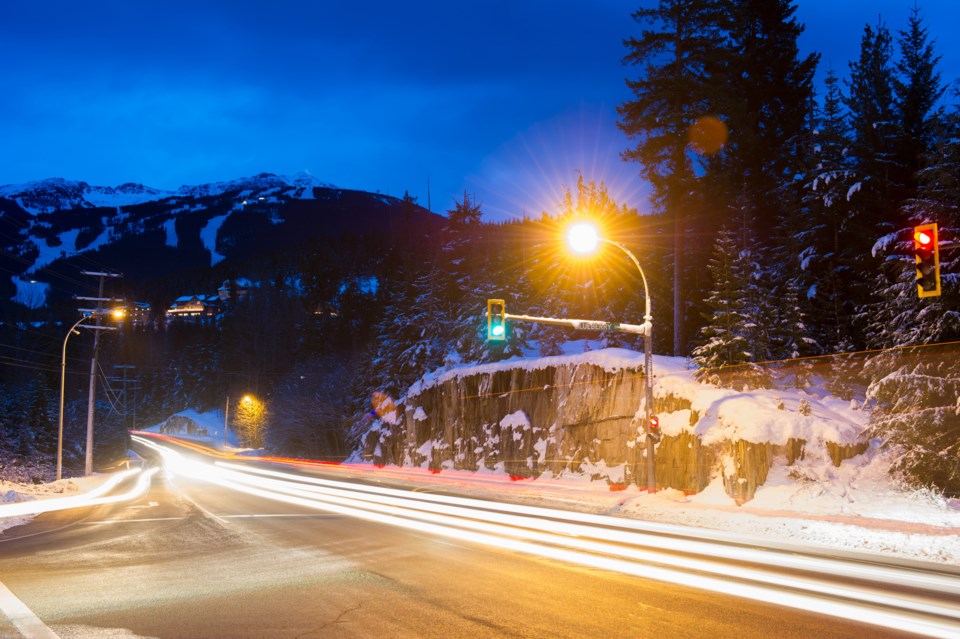This letter was sent to Whistler’s mayor and council, and shared with Pique.
Here is an idea that, at very little cost to the Resort Municipality of Whistler (RMOW) and to Whistler Blackcomb/Vail Resorts, would improve our carbon footprint, and improve the experience of almost all of our visitors at least for the short term of a couple of years.
Transportation causes a large part of the overall carbon output in the Sea to Sky corridor. It is easy for us all to see that this is not easily measured, and very easy to pass some of it onto others, for example, just what and who counts in terms of Whistler’s impact.
One thing any of us can see is that a car stuck in a traffic jam trying to get away from the village, or one trying to get out of the underground parking at Creekside, has a far bigger carbon footprint than a car whisking along at any other time. These traffic jams can take hours to clear, and individual cars are often lucky to get from the village to Function in less than an hour with traffic bumper-to-bumper. The same goes for morning traffic from power line hill (north of Brandywine) to Whistler Village. Someone at muni hall should know the number of cars typically in line, and it would be surprising if the carbon impact alone is not significant.
That ignores the negative impact on the visitor, and imagine if you came up on a Saturday morning and left Saturday night! Not our advertised experience.
We know (because of the 2010 Olympics) that the road from Function to Lorimer Drive is wide enough for three lanes. If we used traffic cones to delineate two lanes up in the morning and two lanes down at night, and used personally operated manual controls on the six major lights, with those operators in radio contact with one another, I expect that the jam would be reduced by more than half. This is not an action that would take long to implement; it could be done in a week.
This is an easy reduction in our climate impact, and an improvement in the Whistler experience. The cost would be for a team to set up the cones, and a team of six to manage the lights at the six intersections. (I admit here that some intersections would be closed to left-hand exits during these hours.)
Yes, this is a provincial highway, but not to take action because of it, is an excuse for inaction, and the province does profit from Whistler. I doubt the province would charge Whistler with an offence, and with what, and maybe it would even be fun.
If not this, then what?




